
Chester William Nimitz was a fleet admiral of the United States Navy. He played a major role in the naval history of World War II as Commander in Chief, U.S. Pacific Fleet, and Commander in Chief, Pacific Ocean Areas, commanding Allied air, land, and sea forces during World War II.
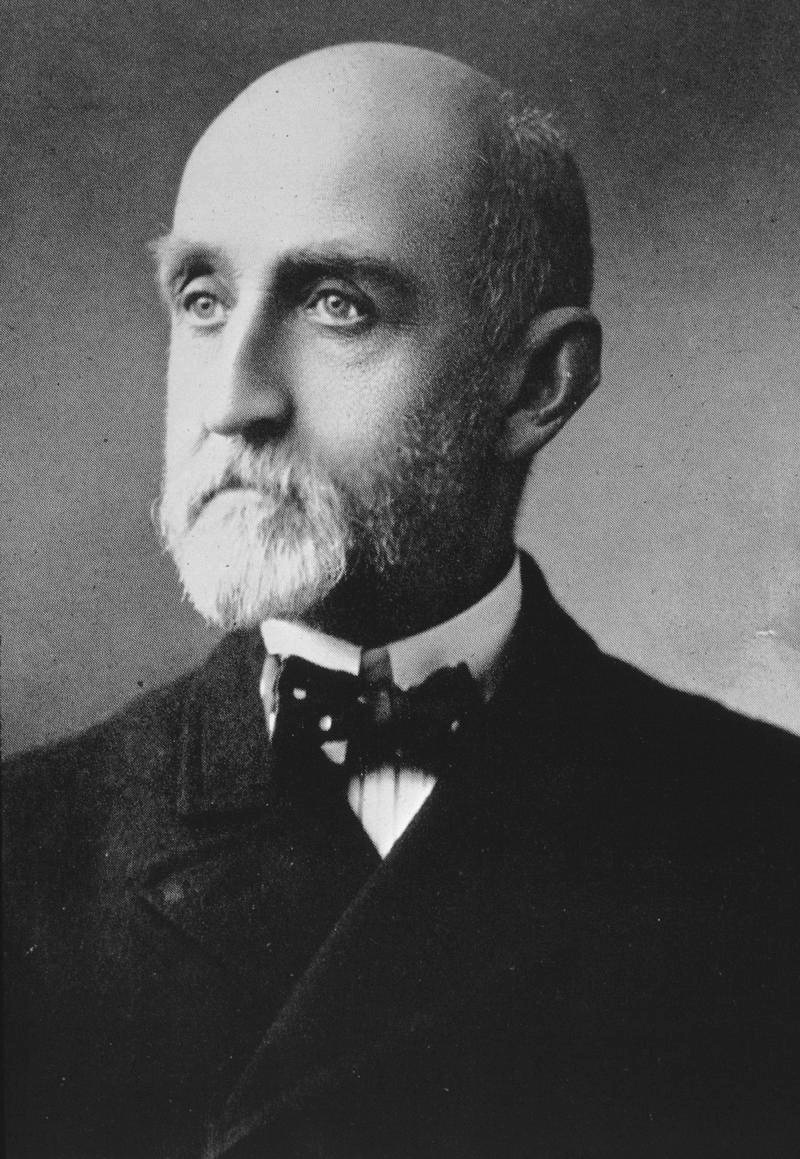
Alfred Thayer Mahan was a United States naval officer and historian, whom John Keegan called "the most important American strategist of the nineteenth century." His book The Influence of Sea Power Upon History, 1660–1783 (1890) won immediate recognition, especially in Europe, and with its successor, The Influence of Sea Power Upon the French Revolution and Empire, 1793–1812 (1892), made him world-famous and perhaps the most influential American author of the nineteenth century.

The history of the United States Navy divides into two major periods: the "Old Navy", a small but respected force of sailing ships that was notable for innovation in the use of ironclads during the American Civil War, and the "New Navy", the result of a modernization effort that began in the 1880s and made it the largest in the world by 1943.

Ernest Joseph King was Commander in Chief, United States Fleet (COMINCH) and Chief of Naval Operations (CNO) during World War II. As COMINCH-CNO, he directed the United States Navy's operations, planning, and administration and was a member of the Joint Chiefs of Staff. He was the United States Navy's second most senior officer in World War II after Fleet Admiral William D. Leahy, who served as Chief of Staff to the Commander in Chief.
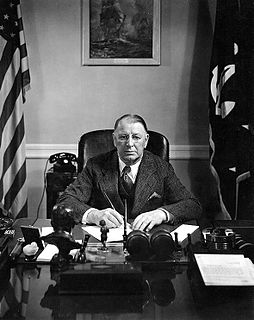
William Franklin Knox was an American politician, newspaper editor and publisher. He was also the Republican vice presidential candidate in 1936, and Secretary of the Navy under Franklin D. Roosevelt during most of World War II. On December 7, 1941, Knox flanked by his assistant John O’Keefe walked into Roosevelt's White House study at approximately 1:30 p.m. EST announcing that Japan had attacked Pearl Harbor. Knox was mentioned by name in Adolf Hitler's speech of December 11, 1941, in which Hitler asked for a German declaration of war against the United States.

Edward Latimer Beach Jr., nicknamed "Ned", was a highly decorated United States Navy submarine officer and best-selling author.

The Naval History and Heritage Command, formerly the Naval Historical Center, is an Echelon II command responsible for the preservation, analysis, and dissemination of U.S. naval history and heritage located at the historic Washington Navy Yard. The NHHC is composed of 42 facilities in 13 geographic locations including the Navy Department Library, 10 museums and 1 heritage center, USS Constitution repair facility and detachment, and historic ship ex-USS Nautilus.
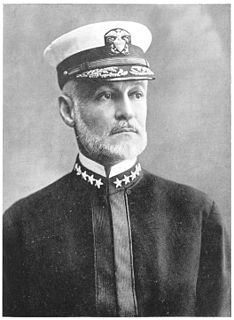
William Sowden Sims was an admiral in the United States Navy who fought during the late 19th and early 20th centuries to modernize the navy. During World War I he commanded all United States naval forces operating in Europe. He also served twice as president of the Naval War College.

Assistant Secretary of the Navy (ASN) is the title given to certain civilian senior officials in the United States Department of the Navy.
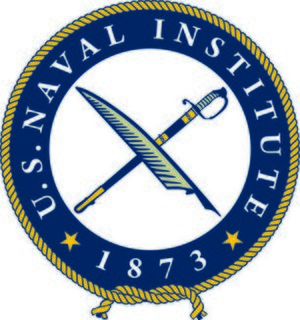
The United States Naval Institute (USNI), based in Annapolis, Maryland, is a private, non-profit, professional military association that seeks to offer independent, nonpartisan forums for debate of national defense and security issues. In addition to publishing magazines and books, the Naval Institute holds several annual conferences.
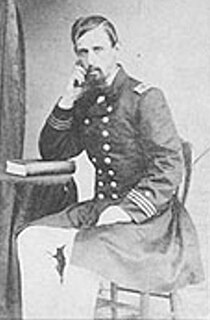
Roswell Hawkes Lamson was an officer in the United States Navy during the American Civil War.

Thomas Charles Hart was an admiral in the United States Navy, whose service extended from the Spanish–American War through World War II. Following his retirement from the navy, he served briefly as a United States Senator from Connecticut.

Proceedings is a 96-page monthly magazine published by the United States Naval Institute. Launched in 1874, it is one of the oldest continuously published magazines in the United States. Proceedings covers topics concerning global security and includes articles from military professionals and civilian experts, historical essays, book reviews, full-color photography, and reader commentary. Roughly a third are written by active-duty personnel, a third by retired military, and a third by civilians. Proceedings also frequently carries feature articles by Secretaries of Defense, Secretaries of the Navy, Chairmen of the Joint Chiefs of Staff, and top leaders of the Navy, Marine Corps and Coast Guard.
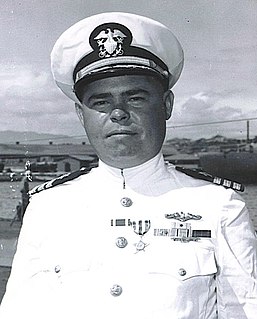
Captain Marion Frederic Ramirez de Arellano was a submarine commander in the United States Navy and the first Hispanic submarine commanding officer. He was awarded two Silver Stars, the Legion of Merit, and a Bronze Star for his actions against the Japanese Imperial Navy during World War II.
William Norwood Still Jr. is an American maritime historian who was the first director of the program in maritime history at East Carolina University and a noted author of works on U.S. Civil War history and U.S. naval history.
Robert Erwin Johnson was a University of Alabama professor of history and considered "one of the finest scholars of the nineteenth century U.S. Navy and U.S. Coast Guard".

Carrier Air Wing Six (CVW-6) was a United States Navy aircraft carrier air wing whose operational history spans from the middle of World War II to the end of the Cold War. Established in 1943 as Carrier Air Group Seventeen (CVG-17), it would be re-designated several times during its establishment, including Carrier Air Group Six (CVG-6) as the second unit to be so designated. The first Carrier Air Group Six served for just over two years during World War II, but drew on the history of the Enterprise Air Group established in 1938 and active in the early battles of the Pacific War, being disestablished after the first year of the conflict. During its time in USS Enterprise (CV-6), it was the Navy's only carrier-based air group to carry out three complete tours of duty during World War II.

The United States Navy (USN) is the maritime service branch of the United States Armed Forces and one of the eight uniformed services of the United States. It is the largest and most powerful navy in the world, with the estimated tonnage of its active battle fleet alone exceeding the next 13 navies combined, including 11 U.S. allies or partner nations as of 2015. It has the highest combined battle fleet tonnage and the world's largest aircraft carrier fleet, with eleven in service, two new carriers under construction, and five other carriers planned. With 336,978 personnel on active duty and 101,583 in the Ready Reserve, the U.S. Navy is the third largest of the U.S. military service branches in terms of personnel. It has 290 deployable combat vessels and more than 3,700 operational aircraft as of June 2019.
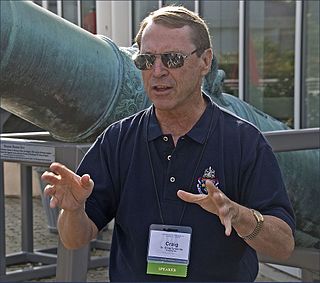
Craig Lee Symonds is the Distinguished Visiting Ernest J. King Professor of Maritime History for the academic years 2017–2020 at the U.S. Naval War College in Newport, Rhode Island. He is also Professor Emeritus at the U. S. Naval Academy where he served as chairman of the history department. He is a distinguished historian of the American Civil War and maritime history. His book Lincoln and His Admirals received the Lincoln Prize. His book Neptune: The Allied Invasion of Europe and the D-Day Landings was the 2015 recipient of the Samuel Eliot Morison Award for Naval Literature.
In the beginning of World War II the Royal Navy was the strongest navy in the world, with the largest number of warships built and with naval bases across the globe. Totalling over 15 battleships and battlecruisers, 7 aircraft carriers, 66 cruisers, 164 destroyers and 66 submarines. With a massive merchant navy, about a third of the world total, it also dominated shipping. The Royal Navy fought in every theatre from the Atlantic, Mediterranean, freezing Northern routes to Russia and the Pacific ocean.